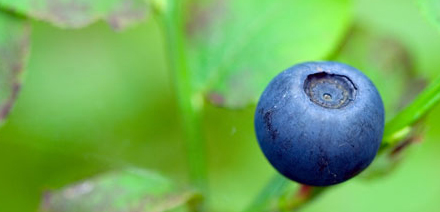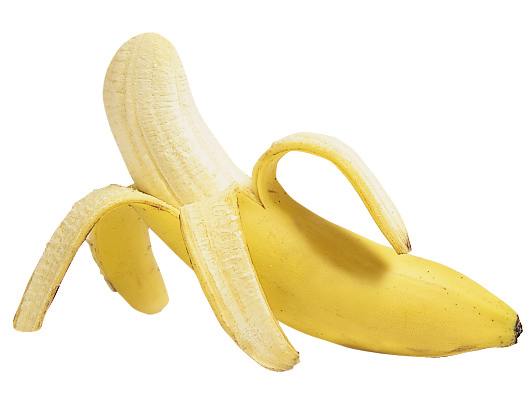Lasting Weight Loss
Losing weight is easy. We’ve all done it a handful of times, if not more. The real challenge in weight loss is maintenance.

Researchers enrolled 773 subjects who had lost an average of 22 pounds. They put the subjects in one of five groups: low-protein/low-GI diet, high-protein/high-GI diet and a control group. (GI stands for glycemic index; a low-GI diet is one that contains few foods high in sugar). Over the course of 26 weeks, only those in the low-protein/high-GI diet regained a significant amount of weight. Those in the high-protein/low-GI group actually lost additional weight during the maintenance phase! Interestingly, they were also the least likely to drop out of the study. Going slightly higher than usually recommended in terms of protein consumption and lowering GI (sugar and processed carbs) can help people maintain weight loss. A typical example of a high-protein/low GI meal would be a skinless baked or grilled chicken breast with roasted eggplant, mushrooms and a side of plain brown rice.
For Color, Try White Balsamic

When making a blueberry, strawberry or any vinaigrette whole color you want to come through, using traditional dark balsamic vinegar just won’t cut it. To make the colors pop, simply mix two parts extra-virgin olive oil with one part white balsamic vinegar, drip in some berries or other colorful fruit and shallow blend the mixture with a hand blender. For additional zip (and emulsification duties), you can drop in a tablespoon of Dijon mustard, as well as the spices of your choice (for an eye-opening strawberry salad dressing, consider adding a dash or so of ground cayenne pepper).
Don’t Worry about Sodium
With all the advice you’ve been getting about reducing your sodium intake, one piece of info that tends to get lost is this: Sodium and potassium work together, and the ratio of these two minerals in the diet is very important. The problem isn’t just that your diet may contain too much sodium, but also what we get too little potassium. (Ideally you want a sodium:potassium ratio where you’re ingesting more potassium than sodium). In a new study conducted by researchers at the Centers for Disease Control and Prevention in Atlanta, Georgia, people with the highest ratio of sodium to potassium in their diets had the greatest risk of death from cardiovascular disease. One way to increase potassium in your diet is to eat more fruit at snack time. Another is to load up on your produce: Potassium heavyweights include sun-dried tomatoes, winter squash, beets, spinach, apricots, bananas and prunes – each of which is readily available at the supermarket and, with the possible exception of sun-dried tomatoes, will easily fit into your grocery budget.

A banana a day helps keep your sodium:potassium balance in check.
Health Tips: Eat lettuce spinach or broccoli before consuming tooth-staining foods such as coffee, soy sauce and red wine. The leafy greens contain mineral compounds that form an invisible coating over your teeth, protecting them from heavy pigments that may cause discoloration.

